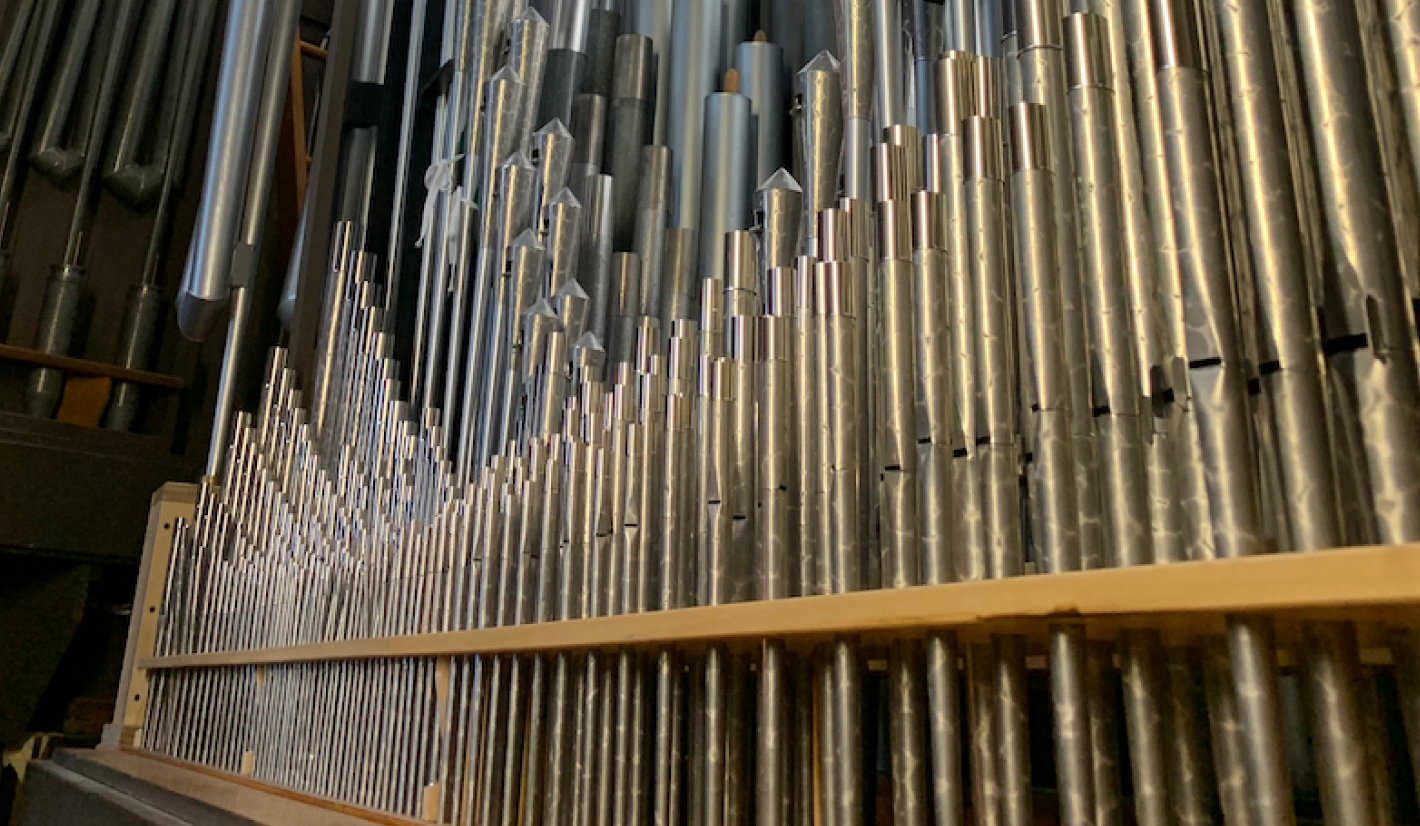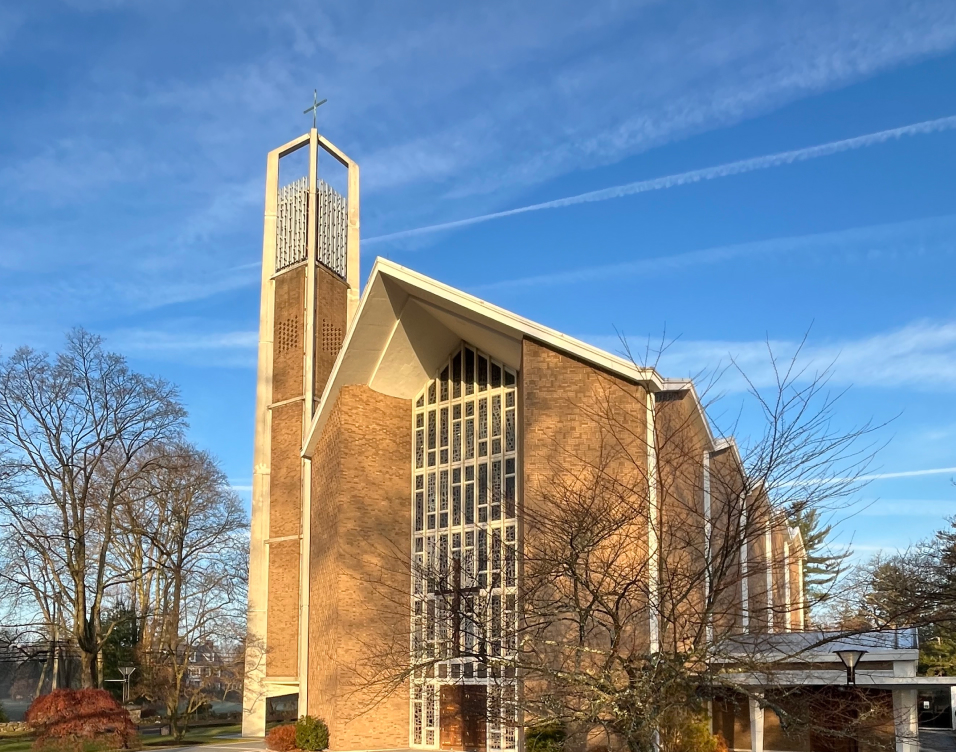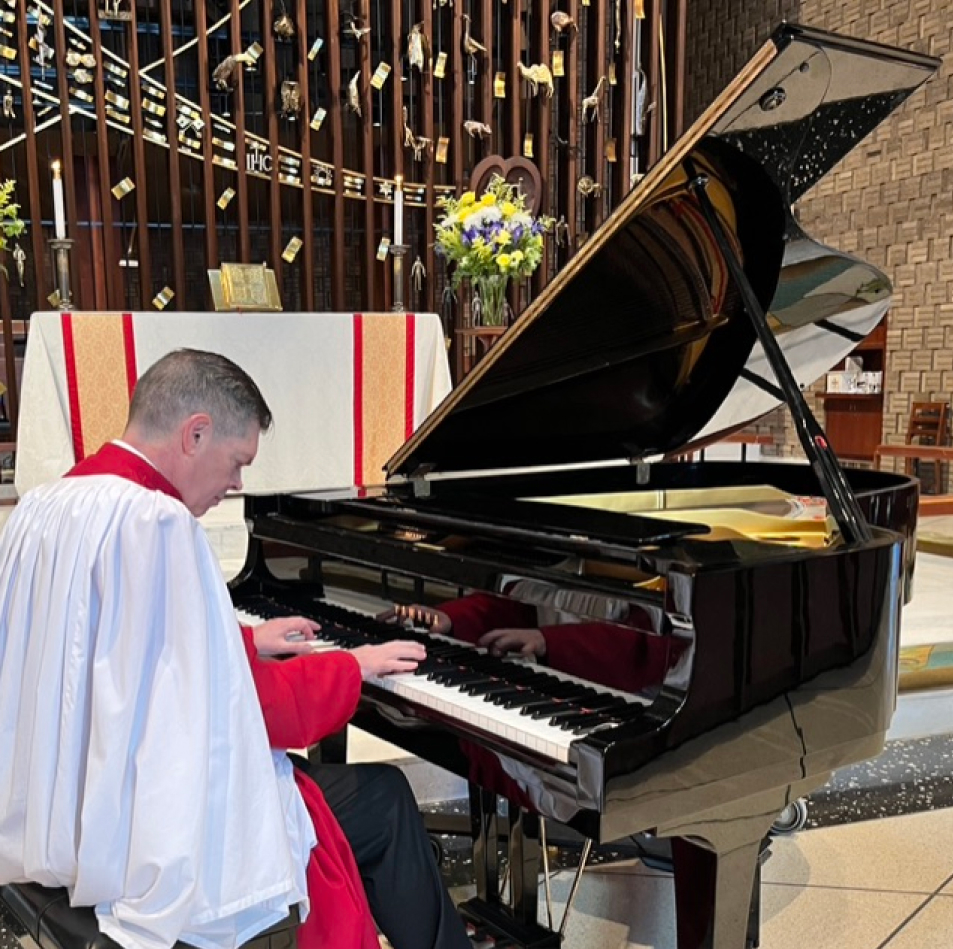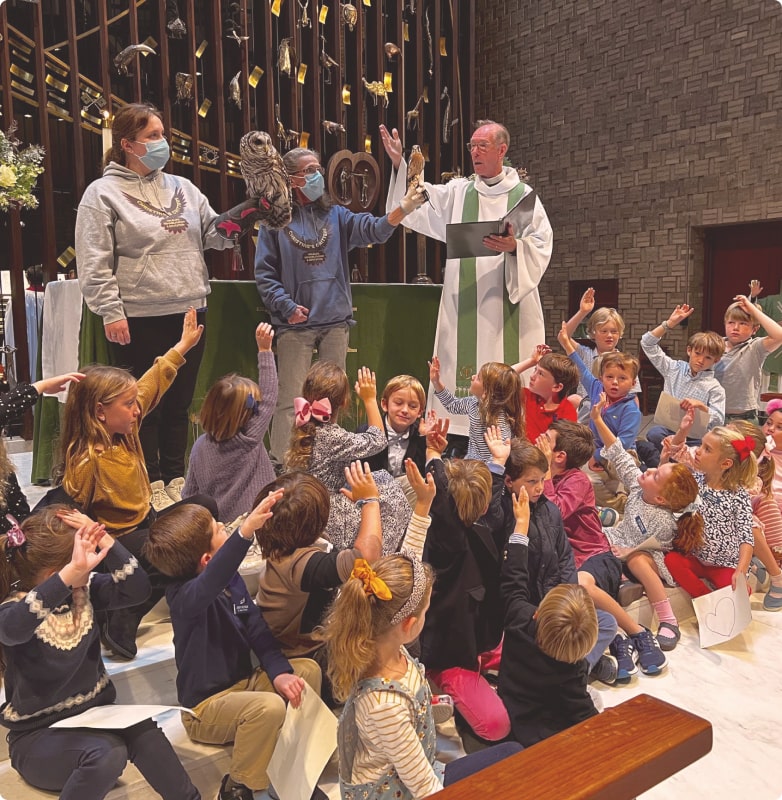The Instruments of St. Mark's

The Organ of St. Mark’s Church
Austin Organs Opus 2344 (1961 and 2014)
St. Mark’s was the fortunate recipient, in 1961, of Opus 2344 of Austin Organ Company. The dedicatory recital was given on January 7, 1962, by internationally-recognized recitalist John Weaver. As one of the largest and most important organs in Southern Connecticut, it has served the congregation well—in church service, as well as in recital. Important renovations and enlargements were made in 2014.
Download, read, or print the full specifications of the organ.
Download, read, or print the August 15, 2015, article in The Diapason, describing the history of the instrument, as well as modifications completed in 2014.

The Dana-Barton Carillon
Our carillon (of which there are approximately 600 in the world) is located in the tower on the southwest corner of the church, and consists of thirty precisely tuned cast bronze bells fabricated by the Paccard Fonderie de Cloches in Annecy, France. The original set of twenty bells was given in 1961 by Charles W. Dana, Jr, in memory of his mother, Agnes Ladson Dana. An additional ten bells were given in 1965 by the parish in memory of Michael Roy Barton, Rector of St. Mark’s, 1933-1964. The tower and carillon were designed by Professor Arthur Bigelow of Princeton University.
The bells range from 60lbs.-3,100lbs. and are played from a console situated near the top of the 171ft. tall bell tower, reached by 100 steps. The console resembles a piano with enormous keys, played by hands and feet. The two largest bells can be swung by hand (via a rope), and using modern technology, via an electronic system controlled at floor level of the church. Otherwise it is the player, the carillonneur, who controls the direct-mechanical striking of the bells. Their beautiful sounds can be varied in volume and tone, depending upon how the levers/pedals controlling the sound are struck. Marietta Douglas is our current carillonneur.



The Handbells
St. Mark’s is the proud owner of a five-octave set of Whitechapel Handbells. Handbells were originally designed to enable “change-ringers” (a group of musicians who rang tower bells using ropes) to practice without disturbing the entire city! Eventually, compositions were written from bell choirs to play “on floor level” both independent works and as accompaniment to music of church services.
The Pianos
In the Nave
- Yamaha C3, 6’1”, 1971; a gift of Andrew Kimsey and Kyle Gonyea, December 2023
In the Choir Rehearsal Room
- Yamaha C2, 5’8”, 2005
In Morrill Hall
- Steinway M, 5’7”, 1977

9: Ezekiel







